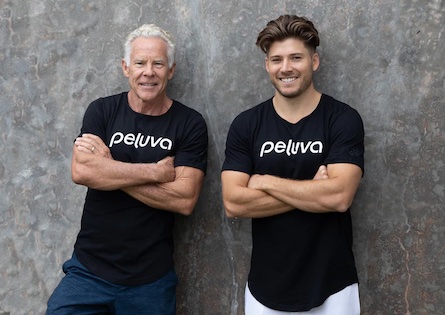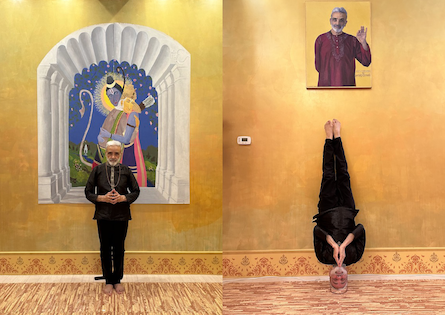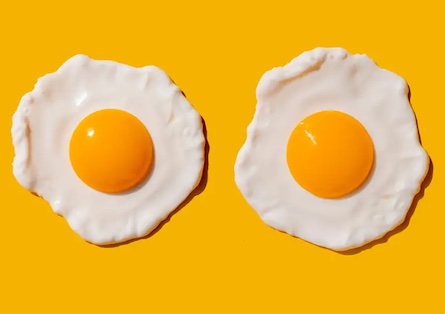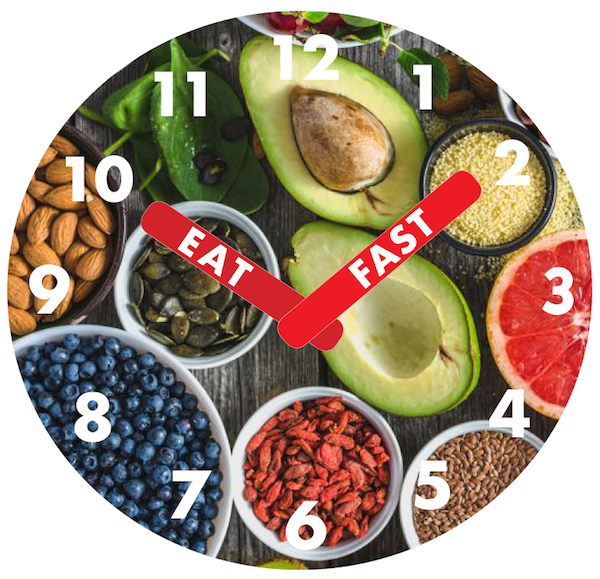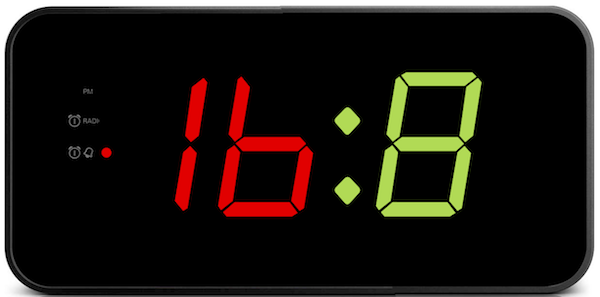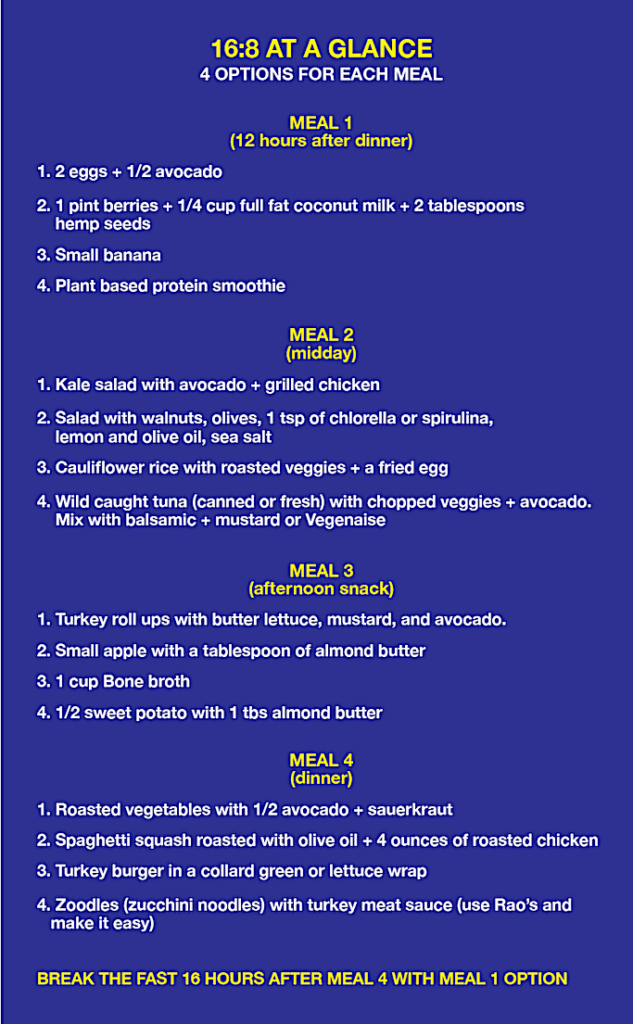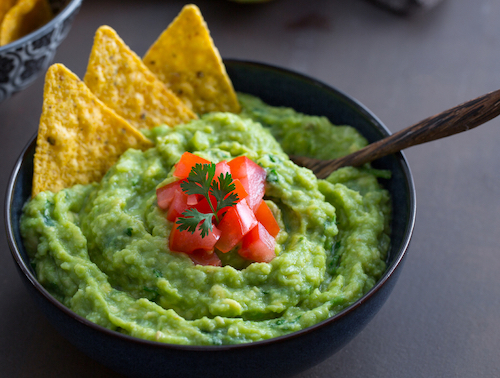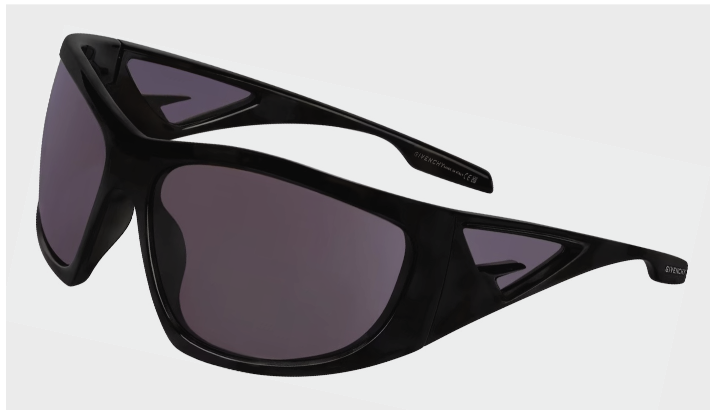Last month we introduced Sarah Wragge, our contributing nutrition guru who we’ve brought on board to give us the real deal on the latest wellness and nutrition trends buzzing around the fitness universe. “Intermittent fasting” is the trend du jour, which both athletes and those looking to lose weight are integrating into their eating plan. 16:8, Eat Fast Eat, and 5:2 are just a few of the specific types of intermittent fasts which all refer to a schedule of how many hours or days you eat vs. don’t eat — or fast.
Although it’s not a diet per se — as intermittent fasting doesn’t refer to what you eat, but when you eat — the results can be quite dramatic for both sport performance and weight loss. Like all diets however, there is a right and a wrong way to do it. After hearing a friend say she was going to try intermittent fasting because she could eat whatever she wanted all day and then starve until noon (wrong!), I knew we had to get the facts straight for our readers — the pros, cons, and whether it’s right for you.
STYLE OF SPORT: What is intermittent fasting?
SARAH WRAGGE: Intermittent fasting is giving your body a break from food for a certain period of time. There a several different ways to do the fast. The most common is to stop eating at certain time and allow at least 12-16 hours before you eat again.
SOS: Is that the “16:8 Method”?
SW: Yes, exactly. You stop eating at 8pm, for example, and start eating again the next day at noon. And that means zero calories. What a lot of people don’t understand is they can’t have coffee with cream in it. Even though you’re not eating, it’s still a calorie your body has to burn. Black coffee is fine and green tea.
SOS: Why do we need to give our bodies a break from food?
SW: In our culture we eat too much food on top of food. We don’t give our bodies time to fully digest before eating again and over time our system can’t keep up. Unprocessed food tends to ferment and literally rot without being eliminated, which leads to illness, being overweight, and generally not feeling great. Picture a garbage can getting filled up over a week, and what’s sitting in there when you take the garbage out– it’s not pretty!
SOS: You always give the most frightening visuals!
SW: I know… I scare people out of eating! By giving your body a break, you’re giving it ample time to fully digest the food from yesterday. You’ll notice your elimination is much better. Everything comes out. A clean body eliminates several times a day. That’s one of the best things about fasting.
SOS: Let’s talk about the pros and cons, because I think there are both. The biggest thing on the pro side is weight and fat loss. My experience with intermittent fasting is with athletes using it to train their bodies to burn fat for fuel instead of carbs and sugar. How does intermittent fasting work?
SW: Intermittent fasting provides a boost in metabolism, insulin resistance, and norephenine – which is the fat burning hormone. By fasting for at least 12 hours, your body kicks into ketosis – which is the state of burning fat for fuel. Our body has to get energy somehow, and the easiest way is for it to use sugar (that’s why marathon runners eat Gu!). If sugar isn’t present, it goes straight to your fat to burn. Your body literally eats its own fat!
SOS: But let me ask you this question, I remember in my early dieting days being taught that if you put your body into starvation mode you slow down your metabolism and your body starts storing more calories as fat. How do you reconcile those two schools of thought?
SW: If you’re doing a moderate fast, let’s say just 14 hours, that really isn’t that long considering you’re sleeping in the middle of it.
SOS: I get concerned people might get into a bad habit of overeating and then starving themselves to make up for it later – or when they break the fast, they’re chowing down because they are extra hungry from not eating.
SW: What’s really important is fueling properly when you are eating. I said this to a client this morning. I don’t want you to eat fewer calories, I want you those eat those calories within a certain window. Sometimes it helps if I take away the term breakfast, lunch, and dinner. I want my clients to eat Meals 1-4. And you can’t break your fast with a cheeseburger! Then your body is going to go ‘Whoa… you didn’t feed me for 16 hours and now you’re giving me this?’
SOS: So let’s go through a typical intermittent fasting day – 24 hours of the 16:8 fast. What is Meal 1?
SW: Meal 1 should be no earlier than 12 hours after your last meal the night before. You could have a couple of eggs. If you’re a vegetarian or need a carb in the morning, it could be a bowl of berries with some fat – like full fat coconut milk – and for protein you could add 2 tablespoons of hemp seeds. If you’re going to do a hardcore workout, a banana would be good. I love to start the day with berries and fruit because it primes the body for digestion – and the fiber helps your body digest throughout the day. So fruit or eggs, but not together. Fruit is a power player and doesn’t play nice with other foods. It needs to be eaten on an empty stomach.
What’s really important is fueling properly when you are eating. I said this to a client this morning, “I don’t want you to eat fewer calories, I want you those eat those calories within a certain window… And you can’t break your fast with a cheeseburger!”
SOS: Meal 2?
SW: Around 12 or 1pm, Meal 2 could be an epic size salad (like a mixing bowl full!!!) — any vegetables you want. Get those greens in! If you’re a carnivore then add some protein. If you’re vegetarian, add a teaspoon of chlorella or spirulina powder. Spirulina and chlorella are both complete proteins and contain all the essential amino acids your body needs.
SOS: Meal 3?
SW: Meal 3 is a snack in the afternoon. If you’re Keto, maybe it’s some turkey jerky — or a slice of turkey with butter lettuce, mustard, and avocado. Roll it up and eat it like a wrap. If you’re a vegetarian or vegan, you could have a small apple with a tablespoon of almond butter. You could have a coconut yogurt. Or you can do more nuts. My favorite thing is bone broth. Bone broth as a mini meal around 4pm before dinner is where it’s at!
SOS: Bone Broth? Where do you get that?
SW: You can order it on Fresh Direct or there are bunch of places in Soho that sell it now. The brand I like is called Brodo. Similar to how Matcha blew up a few years ago, now there are bone broth bars – like coffee, you can get it in a cup to go.
SOS: And why do you like it so much?
SW: I love bone broth because it’s warm and grounding. I think that when you are craving that “full” feeling, it’s a great option with lots of protein.
SOS: And finally dinner – or Meal 4?
SW: Dinner for a vegan or vegetarian can be a huge plate of roasted vegetables – squash, zucchini, broccoli, cauliflower, Brussel sprouts, and maybe a sauerkraut. If you eat eggs, put a runny egg on top of the veggies – YUM!
SOS: Wait… sauerkraut?
SW: Yes! Sauerkraut is one of my favorite foods and it’s a natural probiotic. It helps your body break down other harder-to-digest foods like animal protein. A lot of times I’ll have sauerkraut with my eggs in the morning. Some other options for dinner could be a piece of wild fish with lots of vegetables, or maybe a turkey burger in a lettuce wrap. You could make yourself a really healthy Bolognese with spaghetti squash, tomato sauce, and ground turkey — I love to add nutritional yeast as a topping. It has a lot of B12, and kind of sprinkles like cheese
SOS: So that day when you are eating, you’re really not having carbs – other than fruit.
SW: And vegetables that have a lot of carbs! I always tell my clients that our bodies NEED sugar and carbs to function – just get them from veggies and fruit instead of from breads and candy!
Cavemen didn’t have supermarkets or a refrigerator of food around. They had to hunt and gather what they ate, and a lot of times there wasn’t anything around to hunt or gather. Their physiology adapted to going without food for long periods of time.
SOS: So then how do we break the fast?
SW: Meal 1 you could break your fast with two hardboiled eggs and a green juice.
SOS: Is that what you recommend to everyone?
SW: That’s what I like – greens and a little protein and fat from the egg. It’s so easy, and if you’re not home, it’s very portable. And then because your body has been in a starved state you need to eat something substantial shortly thereafter — like a salad with chicken and olive oil, and things that are going to really fuel your body. Or if you’re vegetarian, add seeds or nuts. You get into trouble when you’re intermittent fasting and then you starve your body for half the next day.
SOS: Anybody who’s eating what you just described to me has to be losing weight even without intermittent fasting because they don’t have those calories from what I and most people consider carbs — yummy things like bread, pasta and rice. Is that a Paleo diet?
SW: My coaching style is similar to Paleo.
SOS: And what is the Paleo diet exactly?
SW: Paleo refers to the caveman diet – you don’t eat anything that isn’t found in nature. So it’s animal protein, vegetables, fruit, seeds, and nuts — but nothing packaged, and no grains.
SOS: Why no grains? Aren’t they found in nature?
SW: Grains are a product of modern agriculture and cavemen weren’t baking bread.
SOS: Is Paleo the same as Keto?
SW: No, Keto is basically fat and protein. There is very little carbohydrate, with limited fruits and vegetables. It’s all about eating a very specific ratio of fat to protein to carbs — based on your size, body type, and activity level.
SOS: The caveman diet analogy actually supports intermittent fasting. Cavemen didn’t have supermarkets or a refrigerator of food around. They had to hunt and gather what they ate, and a lot of times there wasn’t anything around to hunt or gather. Their physiology adapted to going without food for long periods of time. So how do you use intermittent fasting with your clients?
SW: I will use it late in the game, and weave it in here and there. If someone is having a difficult time losing weight, I’ll say try intermittent fasting for two weeks. For my male clients I almost always incorporate it. I have also found that it works better for men. For women I figure out what kind of person they are. Are they working? Do they have kids? What’s their exercise routine? There’s an argument that intermittent fasting throws off the female hormone cycle so I’m mindful of that. I always make sure my clients let me know how they’re feeling because I myself experimented with an extreme situation. I did it every day for 3 months – while working and training hard — and threw myself into massive adrenal fatigue!
SOS: What happened?
SW: Had I stopped drinking coffee I might have had a different experience. Caffeine is very stressful on the adrenals, and I was in double SoulCycle mode burning 1400 calories a workout. To starve and sweat like that on black coffee day after day was not a smart move. I ignored the symptoms of what was really happening in my body, but what got me so hooked was how lean I started to get. I really learned the ins and out of what intermittent fasting could do, and it gave me a great new tool to use with my clients when not done to the extreme.
SOS: Aren’t there also even more extreme kinds of intermittent fasting?
SW: I only use the 16:8 regimen with my clients, but there is Eat-Fast-Eat which is 24 hours on, 24 hours off. But I don’t think fasting for 24 hours is healthy. Then there’s the 5:2 which is when you fast two days a week – or eat just 500-600 calories — and then eat normally the other days.
SOS: How about this one which sounds ridiculous called the Warrior Diet, where you eat all your calories at the end of the day in a 4-hour window?
SW: That sounds absurd! I can’t imagine who would recommend that and why anyone would think that’s good idea, but intermittent fasting is highly dependent on the individual.
SOS: Do you ultimately recommend intermittent fasting?
SW: I think it’s a tool, not a lifestyle, and a healthy thing when done within reason. But it’s not for everyone and you need to work with a coach to learn how do it for your body. It’s safer that way, because it’s not one size fits all.
Want more nutrition buzz from Sarah?
Read “Could Too Much Exercise Be Making You Fat?”


